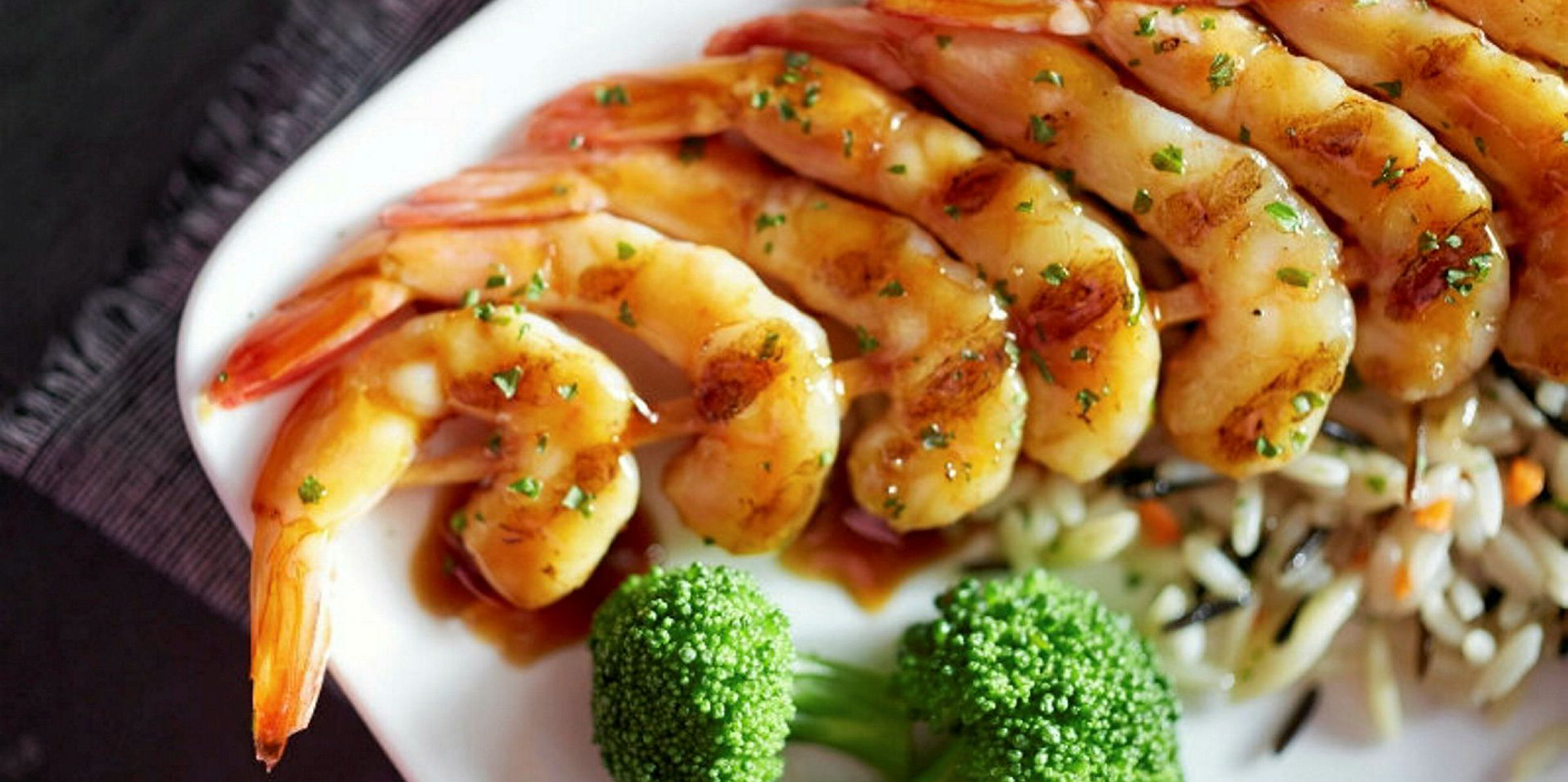Falling prices, antibiotic-resistant bacteria, disease, unpredictability, fragmentation. Headlines on the world shrimp industry read like a glossary of terms in The Dummies Guide to Un-Investable Business.
Production peaks and troughs, prices rocket and crash, and in doing so the market loses interest, processors fold and buyers close until a supply shortage forces prices upwards, and round we go again: hardly a model of sustainable business.
Control clearly needs to be put in place -- you don’t have to be a genius to work that out -- but where this control mechanism comes from has long been up for debate.
The steering wheel is at intervals passed -- sometimes by design, most often by default -- between buyers, processors, feed companies, certification bodies and well-meaning NGOs, each with a very vested interest in making the shrimp production sector a sustainable industry into the future. Farms are zoned, cooperatives formed, training courses run, feed investments made, but so far, not one has found a model providing consistent protection to the market or the buyer.
Increasing lengths of value-addition have rescued some processors from bankruptcy, but with producers squeezed on costs and buyers squeezed on margins no amount of butterflying, breading or battering is going to continue balancing the books without some serious supply chain intervention.
As production ramps up once again and more countries enter the production arena, shrimp will become an increasingly commoditized product, led largely by price. Buyers will have growing power and producers need to be ready to handle that, by reducing costs, increasing efficiencies and creating sustainable business models.
Historically an incredibly fragmented industry, consolidation of the supply chain is long overdue. In many cases, large processors still buy from hundreds of small, family-run farms. And with feed, training and quality control of product, it is a labor and cost intensive process of ensuring supply.
It is also a particularly unsafe bet. Lack of central control means crops fail and chemicals and antibiotics creep into ponds, putting processors and buyers in a precarious situation, unable to fully rely on supply or quality of product.
Finding itself staring into an increasingly uncertain future, Vietnamese shrimp processor Quoc Viet recently decided to take the bull by the horns and drastically restructure its supply chain to produce 100 percent of its own product on its own farms.
It is a move made not without emotion. Family-run Quoc Viet has been dealing with the same local farmers for decades. The solution is a double-edged sword that cuts at the heart of long-running relationships with its producers. However, I have no doubt it is a model that we will increasingly see.
And while it will bring initial economic hardship to families and communities traditionally engaged in small-scale shrimp farming, in the long run a sustainable, efficient shrimp industry will provide more sustainable jobs to these communities, with a reliable source of income and worker benefits that come from corporate employment.
The harsh truth is that traditional small-scale models rarely work in a commodity market -- you only need to look at the dairy, broiler or beef industries to see that.
And while there is space for some level of differentiation and specialization -- organic, low density, etc. -- the vast majority of shrimp production globally will need to conform to a uniform supply chain and a consolidated, controlled structure of production.
And for that to happen in shrimp, processors -- with the funds, the knowledge and the buyers -- will inevitably need to take increased control. Quoc Viet is not the first shrimp processor to invest in a slimmer supply chain and a better hold on supplies, and it certainly won't be the last.
Comments? Email:rachel.mutter@intrafish.com

